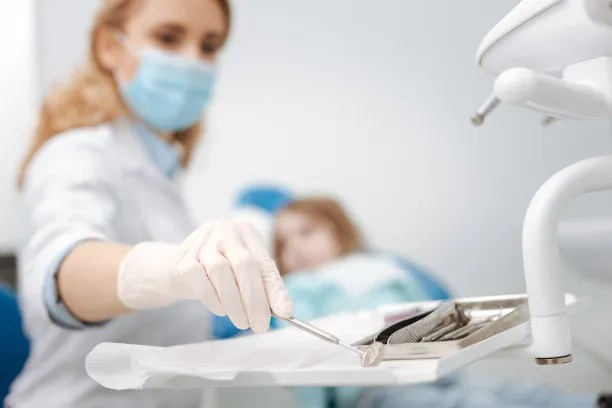The Essential Guide to Extracting a Tooth Safely and Effectively for Optimal Oral Health Recovery
Summary: Extracting a tooth can be a daunting prospect for many, yet understanding the essential procedures and precautions can lead to a safer and more effective experience. This guide offers a comprehensive overview of critical aspects such as the reasons for extraction, the preparation required, the step-by-step procedure, and the recovery process. By adhering to best practices, individuals can ensure optimal oral health recovery following tooth extraction. This article aims to equip readers with the necessary information to navigate the extraction process confidently and encourage consultations with dental professionals for personalized care.
1. Reasons for Tooth Extraction: Understanding the Need

Tooth extraction may be necessary for several reasons, primarily related to oral health. One of the most common reasons is extensive decay or damage that cannot be repaired through procedures like fillings or root canals. Those who experience severe tooth decay may find that extraction is the most prudent solution to prevent further complications.
Additively, overcrowded teeth can warrant extraction, especially in cases where orthodontic treatment is being implemented. In such scenarios, removing one or more teeth facilitates proper alignment during braces or other corrective measures, ensuring a straighter smile.
Lastly, teeth that have become impacted, particularly wisdom teeth, often require removal to avoid pain, infection, or further oral health issues. Addressing these issues early on pays long-term dividends in maintaining a healthy mouth.
2. Essential Preparation Before Extraction
Preparation is crucial for a successful tooth extraction. First and foremost, a comprehensive dental examination should be conducted by a qualified dentist to assess the tooths condition and identify any potential risks involved in the procedure. Imaging techniques like X-rays may be employed to visualize the tooths roots and surrounding bone.
Moreover, informing the dentist about any existing medical conditions or medications is vital. Some patients may need to adjust their medications or take antibiotics in advance to prevent infection. A detailed discussion about what to expect during the procedure can ease anxiety and prepare the patient mentally.
Lastly, arranging for post-extraction care, including transportation home, is advisable. Recovery can be enhanced by having someone available to assist, ensuring all necessary supplies, like ice packs and prescribed pain relief, are ready for use after the extraction.
3. Step-by-Step Tooth Extraction Procedure
The extraction process begins with anesthesia administration. Local anesthesia numbs the area around the tooth, while sedation options may also be offered for anxious patients. Once numbness ensues, the dentist proceeds to gently loosen the tooth using specialized instruments. This step is crucial as it minimizes trauma to the surrounding gum tissue.
After loosening the tooth, the dentist will carefully extract it from the socket. This may involve elevating the tooth and applying strategic pressure to dislodge it. It is essential to follow precise techniques to ensure that the surrounding areas remain undamaged and to facilitate a smooth recovery.
Finally, once the tooth is removed, the dentist will clean the extraction site and may place stitches if necessary. A gauze pad is typically placed over the site to encourage blood clotting. Instructions are provided for at-home care, emphasizing the importance of hygiene and monitoring for potential complications.
4. Recovery Process: Post-Extraction Best Practices
The recovery phase following tooth extraction plays a pivotal role in healing. Immediately after the procedure, following the dentists care instruction is paramount. This includes resting appropriately and avoiding rigorous activities that may disrupt the healing process.
Managing discomfort and swelling is also critical. Patients should utilize prescribed pain relief and apply ice packs to their cheeks intermittently. Staying hydrated and adhering to a diet of soft foods helps alleviate discomfort while preserving the extraction site.
Finally, regular follow-up appointments are essential to monitor healing progress. Ensuring that the site is clean and free from infection can help prevent complications and promote robust oral health recovery. Engaging in proper oral hygiene as guided by the dentist will further enhance the recovery outcome.
Summary: In conclusion, understanding the importance of tooth extraction, the necessary preparations, and the careful execution of the procedure is essential for a safe and effective experience. By following post-extraction care guidelines, patients can ensure a smooth recovery and maintain optimal oral health. Consulting with a dental professional for personalized advice remains crucial throughout the process.
This article is compiled by Vickong Dental and the content is for reference only.



